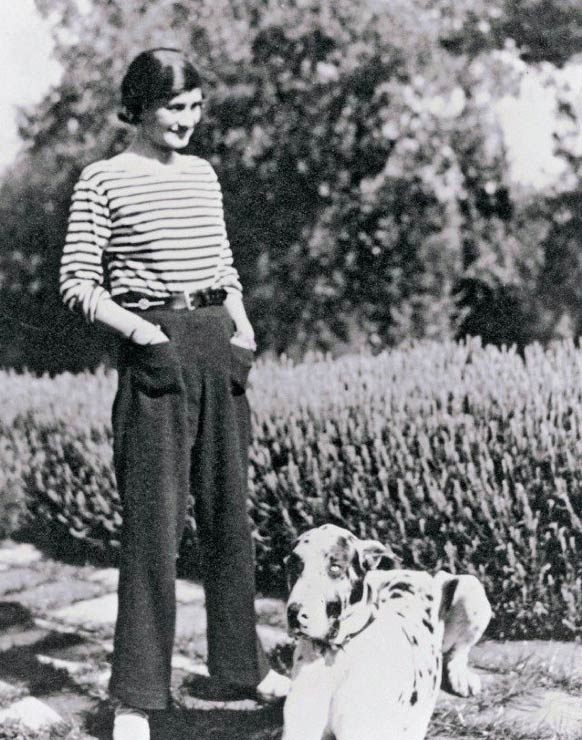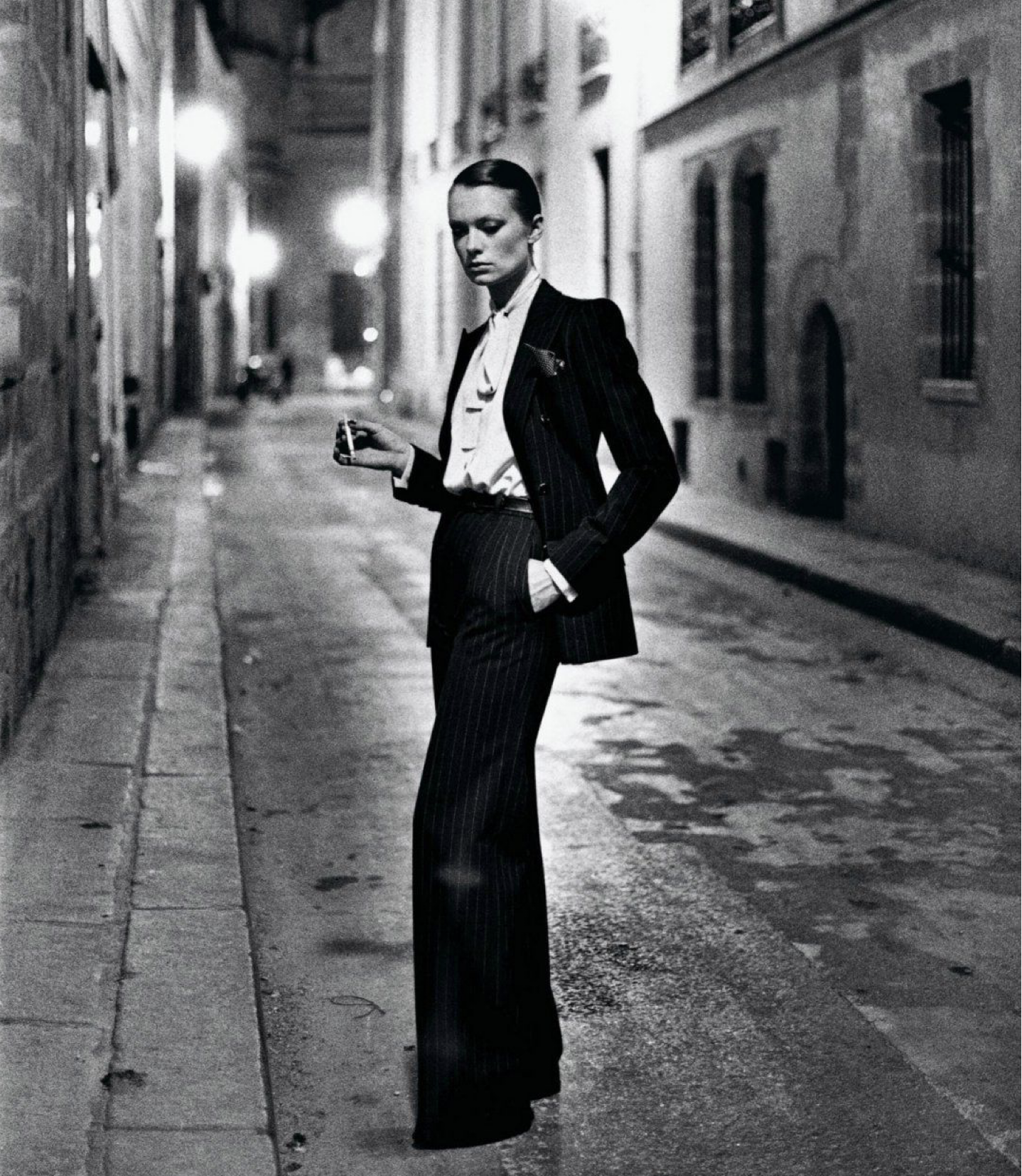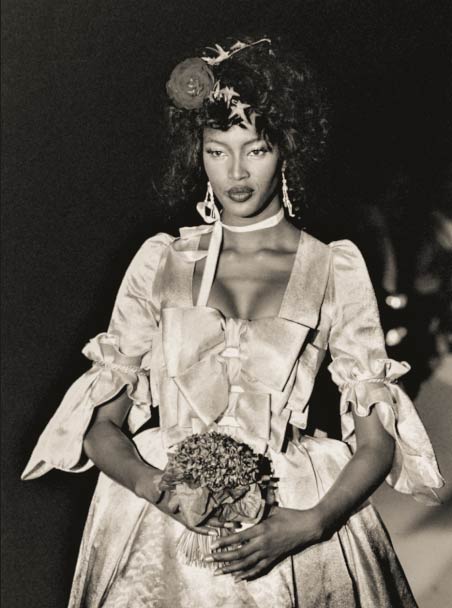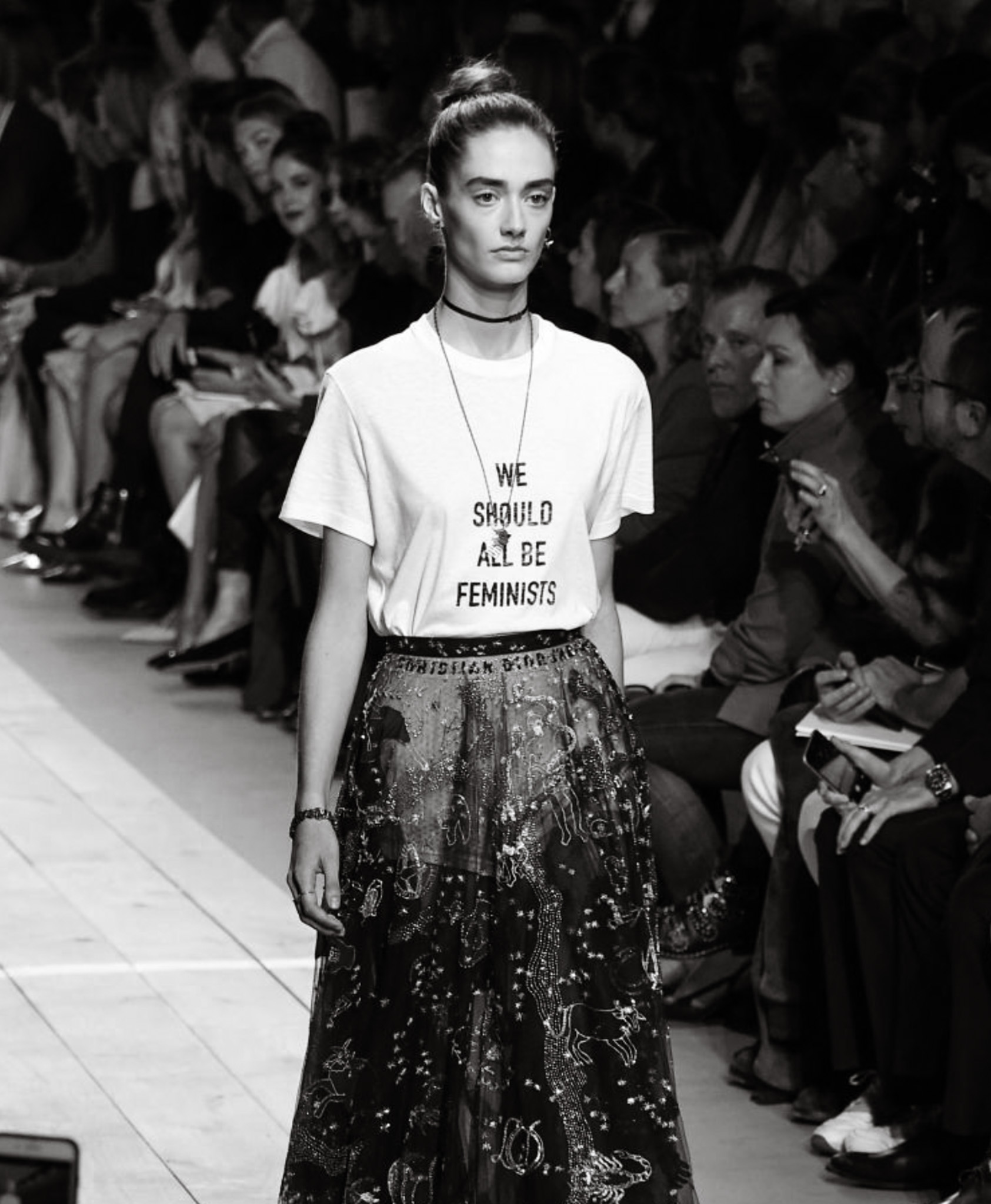NOWADAYS
A forth wave has started in the 2010s and is still happening. It has a
focus for spreading awareness about feminism through internet and has a
focus on intersectionality. Intersectionality means realising the interplay
between race, gender, origin, class, age, religion, ethnicity, sexuality,
disability and so further. It is acknowledging that everyone has different
expierences regarding discrimination, opression and sexism. We must consider
different factors that could affect an individual and combining them instead
of isolating each factor. Maria Grazia Chiuri's first collection for Dior,
was inspired by Chimamanda Ngozi Adichie. Dior announced that a percentage
of proceeds from the sale of each shirt will benefit The Clara Lionel
Foundation, Rihanna's non-profit organization. "Seeing artists such as
Rihanna wearing the We Should All Be Feminists T-shirt showed me how
important it is for women to advance their fight," Chiuri said in a statement,
"My position in a house as influential as Dior, but also my role as a mother,
reminds me every day of my responsibilities and the importance of my actions."



